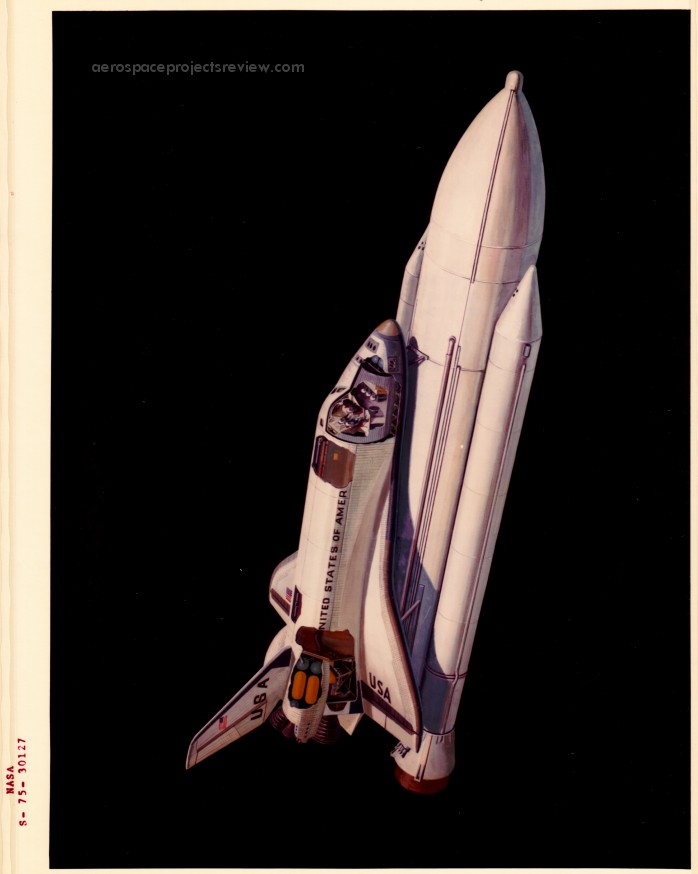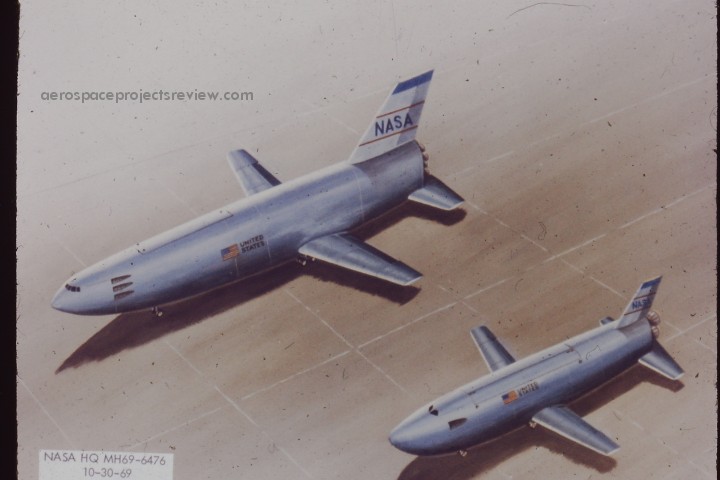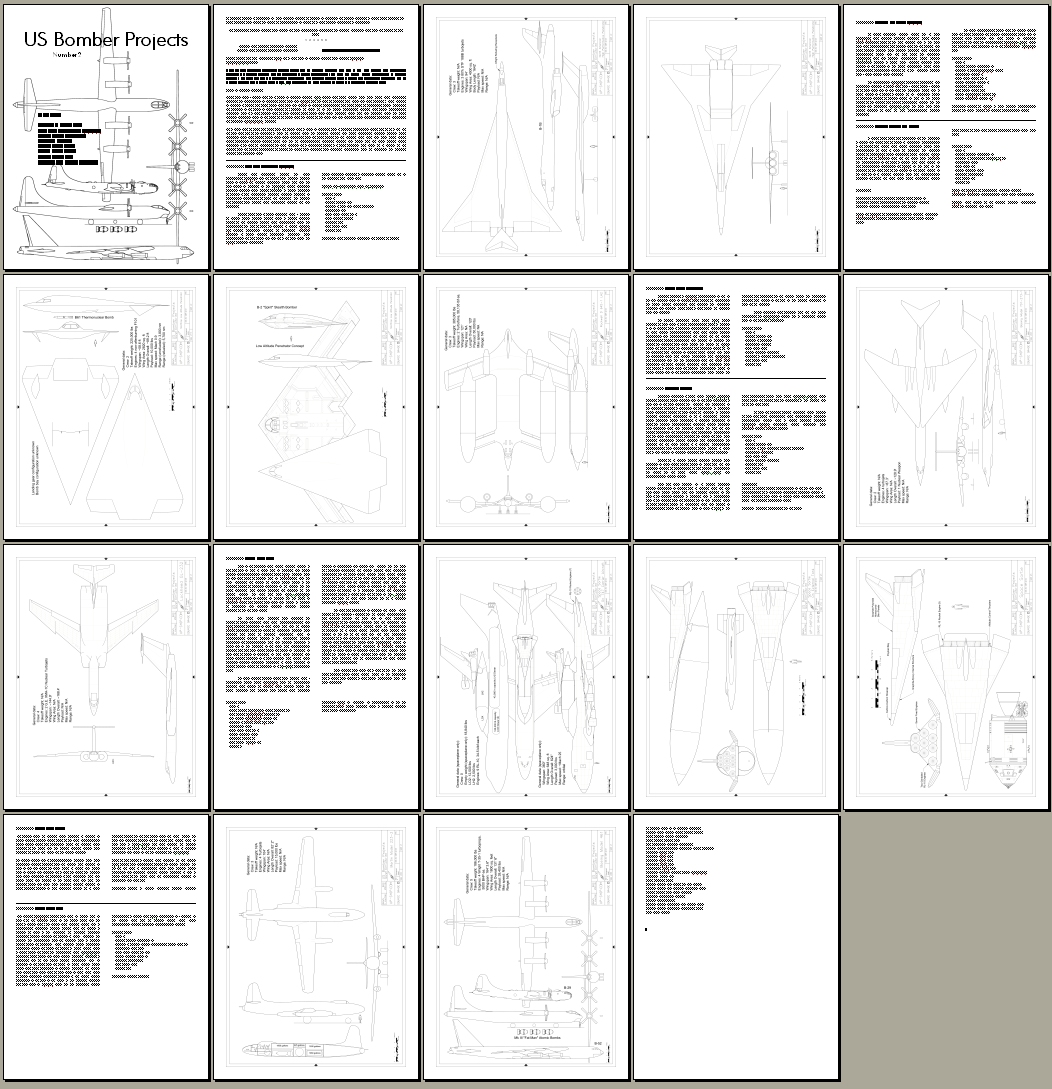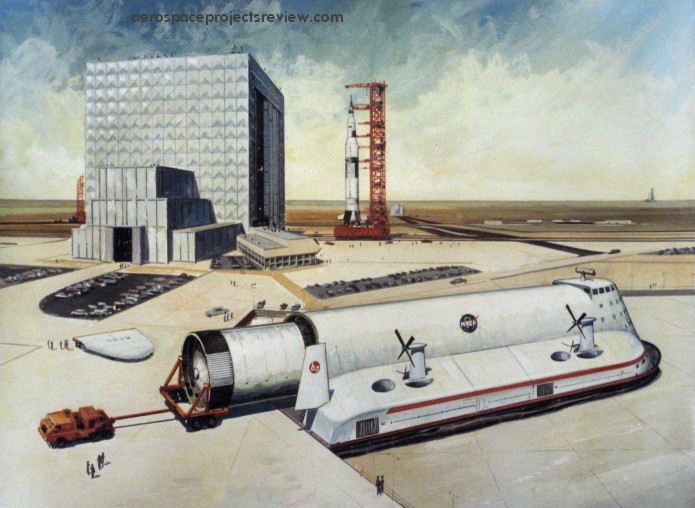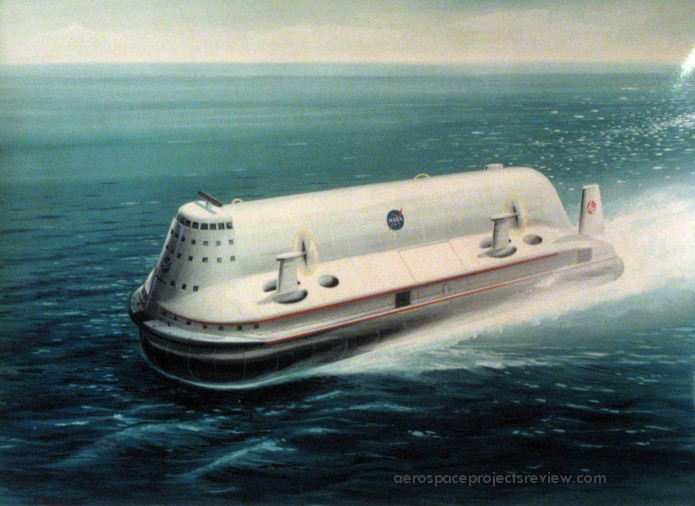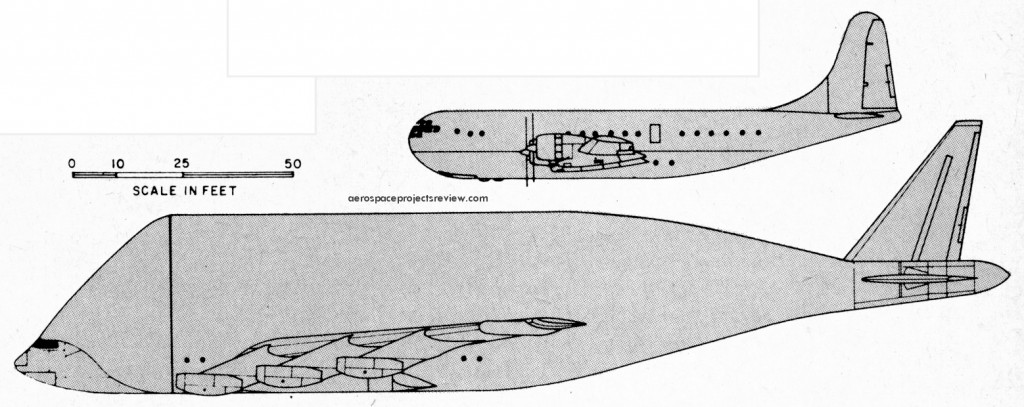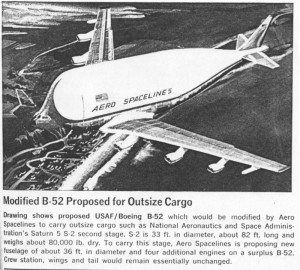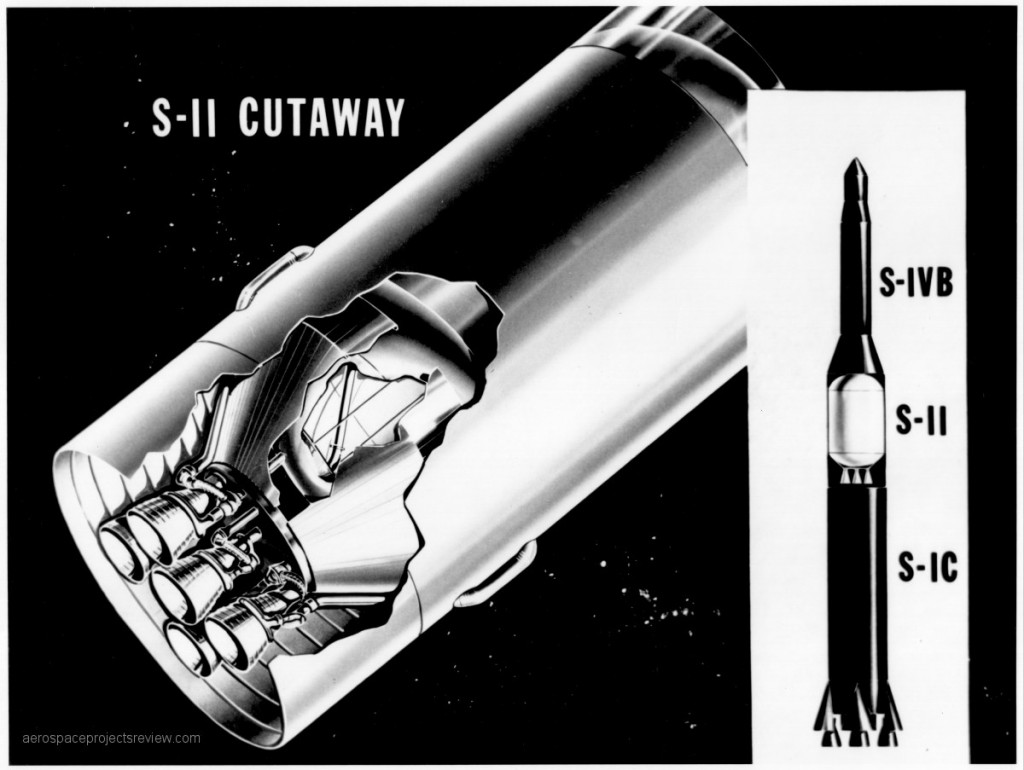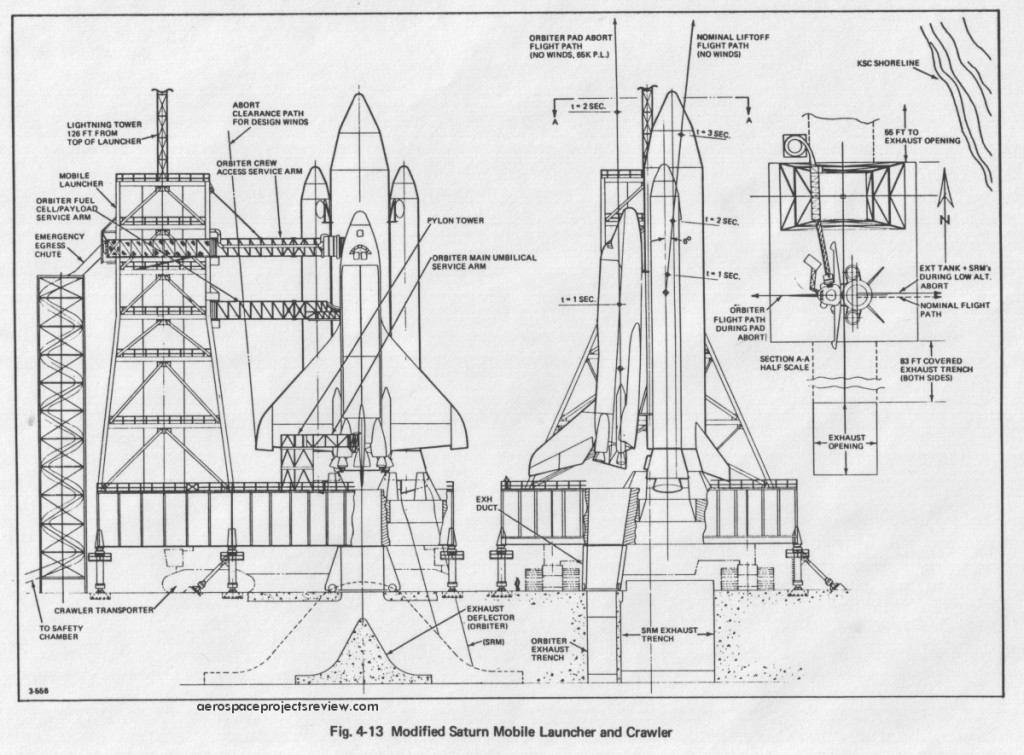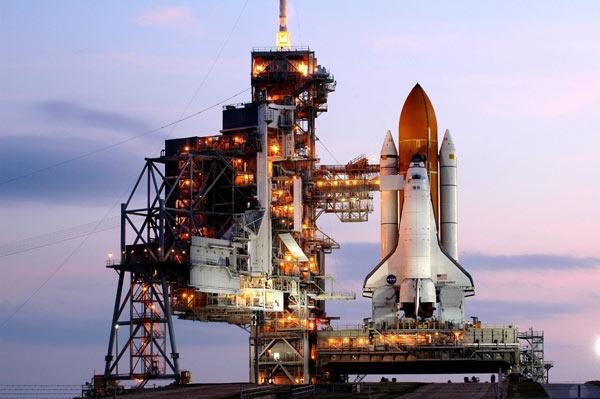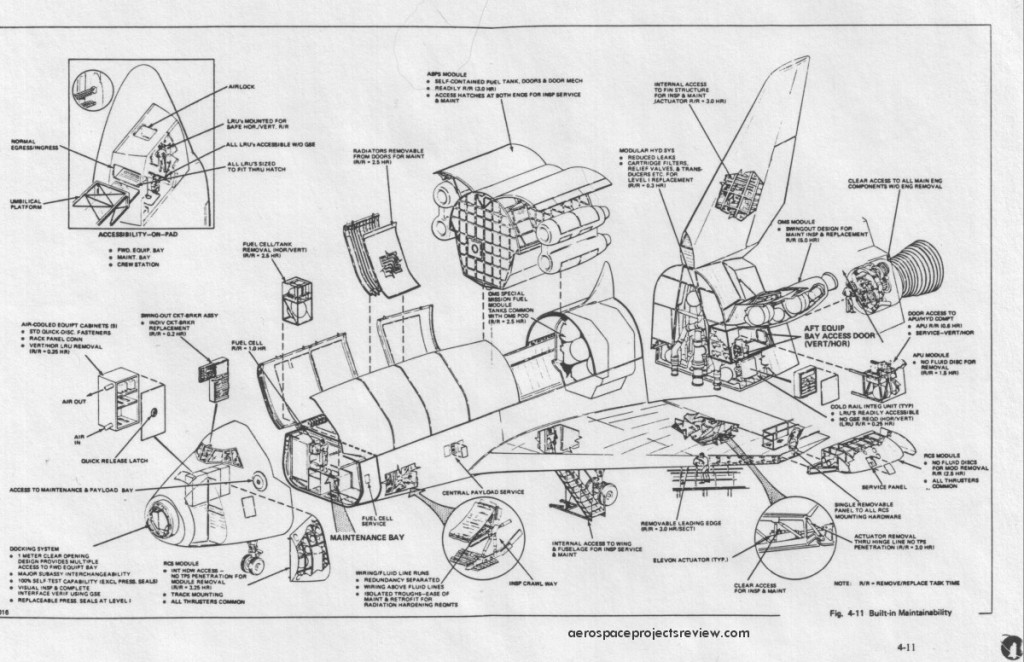NASA art, circa 1975, depicting the Space Transportation System. Apart from the paint job, this is pretty much as-flown, except for the fairing over the nose of the ET. This probably depicts the “de-orbit” solid rocket motor that early ET concepts showed, meant to make sure that the ET was properly dumped into the Indian Ocean.
A NASA painting of a 1969-vintage Space Shuttle concept. This was known as the “DC-3” configuration, and was designed – or at least heavily pushed – by Maxime Faget, and was adopted by several McDonnell-Douglas designs. It featured two manned and reusable rocket powered stages, both burning hydrogen & oxygen, both with straight wings. The smaller orbiter would basically “belly flop” into the atmosphere when re-entering. The straight wings would not provide a whole lot of lift, but they would also not be very massive. Thus the vehicles were relatively lightweight, but with restricted crossrange. Both stages also had turbofan engines mounted in the nose for cruise and landing assist.
Issue number 2 of US Bomber Projects is now available (for background, see HERE). This issue includes:
- Rockwell D 645-1: LH2:: A variant of the low-cost missile carrier using liquid hydrogen for fuel
- NAA High Performance Penetrator: a 1963 design for a supersonic bomber, led in part to the B-1
- Boeing Model 701-273-1: Second in a series on the evolution of the XB-59
- Lockheed GL-232: A subsonic nuclear powered bomber
- Boeing Space Sortie: A small unmanned spaceplane
- Martin Model 223-2: Second in the series on the development of the XB-48 – a wartime turbojet powered medium bomber
- Boeing Model 461: Second in the series on the development of the B-52… an early postwar turboprop heavy bomber
- Northrop Low Altitude Penetrator: A competing idea for what became the B-2
USBP#02 can be downloaded as a PDF file for only $4:
——–
———
Back in 2007 I visited the Bell Aircraft Museum in Niagara Falls, NY and got a chance to poke through their archives. Sadly, my scanner chose that day to not work, so all imagery I got came via photography with an indifferent camera. While it was more or less ok, it was not such a good system for capturing good images of glossies.
One such glossy was a 1960’s Bell concept for a hovercraft designed to transport Saturn V stages, presumably from the Michaud facility near New Orleans to Cape Canaveral.
Back when transportation of Saturn V stages was an issue, a number of vehicles were put forward. One of them was a highly modified B-52 concept from Aero Spacelines, the company that gave the world the Mini Guppy, the Pregnant Guppy and the Super Guppy. Here, a B-52 would be chopped to bits, with an entirely new fuselage built with the B-52 cockpit and tail units tacked on, with the B-52 wings added to a new wing center section, with two additional B-52 engine pods. Needless to say, this was not built. Dates from mid 1967.
Grummans concept for the mobile launch pad for their version of the Space Shuttle. It’s generally similar to the pad as actually built, but with some differences. The Shuttle is offset on the pad, rather than centrally located in order to provide room on the mobile pad for the tower, which for some reason was on the mobile pad rather than fixed in place.
You can now purchase a printed version of Aerospace Projects Review issue V3N3 through MagCloud. Two options: just the printed version, and the printed version with a digital download (PDF).
See:
